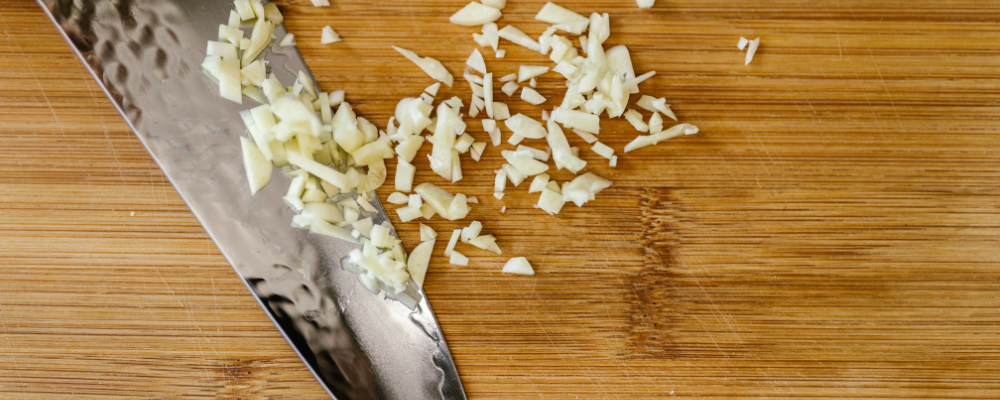
Cutting Board Safety
— By Danielle Breunig, University of Maine Dietetic Intern
Cutting Boards and Food Safety
As fall rolls around that means the holidays are just around the corner, and there may be plenty of food to start thinking about prepping. Holiday cooking can get chaotic and messy. In my house, there are a bunch of different foods being prepped and made all at the same time. Cooking and baking require many different tools. It’s a good idea to keep track of what food and tools are being used so cross-contamination doesn’t happen. Cross-contamination is defined by the USDA as the transfer of harmful bacteria to food from other foods, cutting boards, and utensils when they are not handled properly.
Cutting boards are a staple in every kitchen. It’s important to know how to correctly wash your cutting board to avoid cross-contamination and food borne illness. It’s recommended to use separate cutting boards for raw meat, poultry, or seafood and one for fresh produce. In addition, it might be helpful to use color coded cutting boards for specific food products. This will help prevent cross-contamination when preparing meals during the busy season.
Types of Cutting Boards
There are two main types of cutting boards: nonporous and wood. Non-Porous cutting boards can be made with plastic, marble, glass, or pyroceramic which are easier surfaces to clean than a wood surface. Wood cutting boards are porous which means they can absorb juices from raw meats and develop bacteria. When choosing a cutting board, lean more towards nonporous surfaces because there’s less risk for bacteria to soak into the cutting board. Over time all cutting boards can become worn out. Worn out boards develop deep grooves that make cleaning difficult. When you notice this, it’s time to throw it out and replace your cutting board.
How do I clean my cutting board?
If washing by hand, it’s recommended to clean cutting boards with hot, soapy water and allow it to air dry after each use. Nonporous and solid wood boards can also be cleaned in the dishwasher for easier cleaning.
A lot happens on a cutting board. Make sure you’re taking the right steps to safely handle and clean your cutting boards to prevent cross-contamination and foodborne illness.
Resources
- Cutting Boards (USDA)
- What is Cross-Contamination? (USDA)
